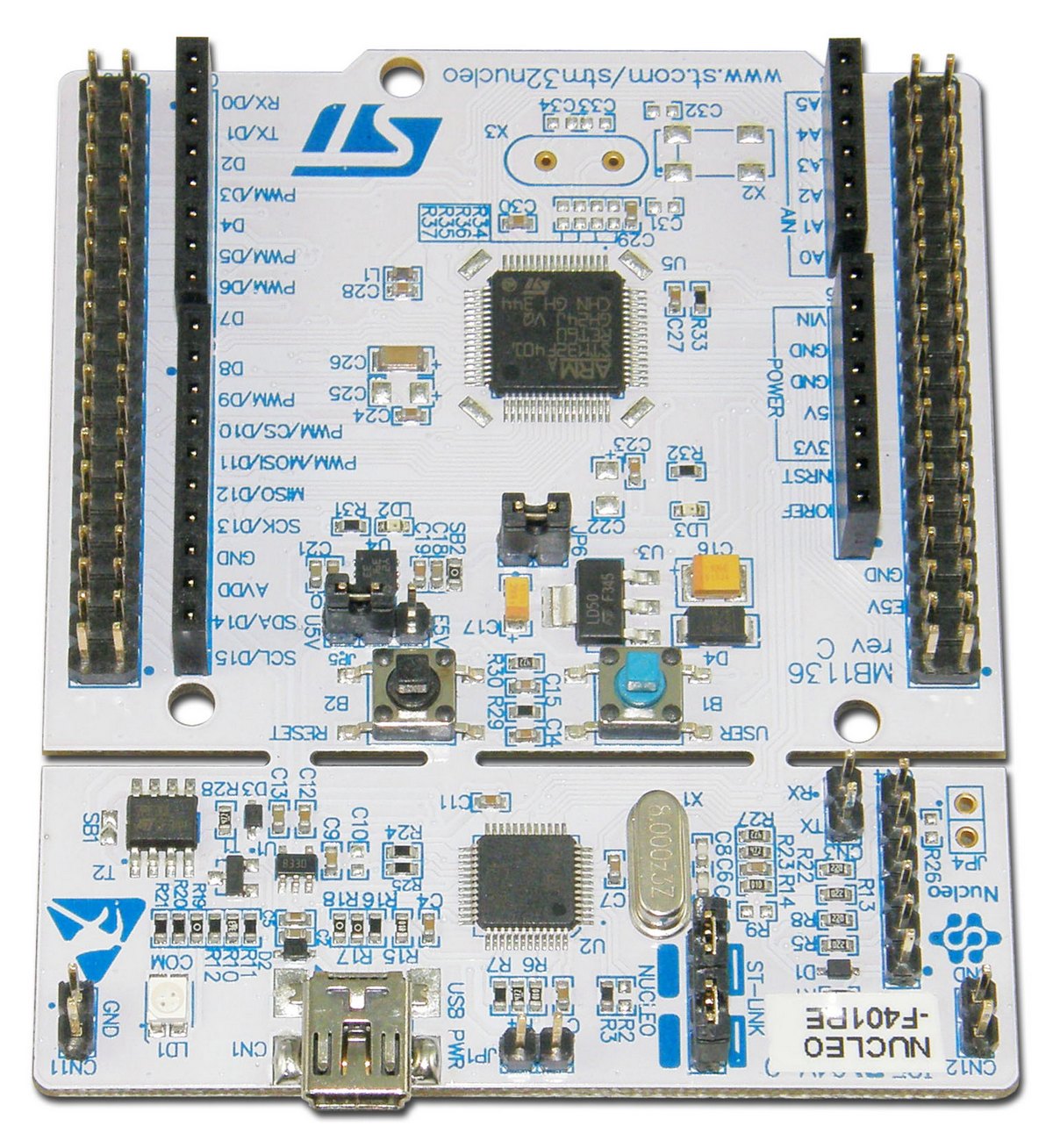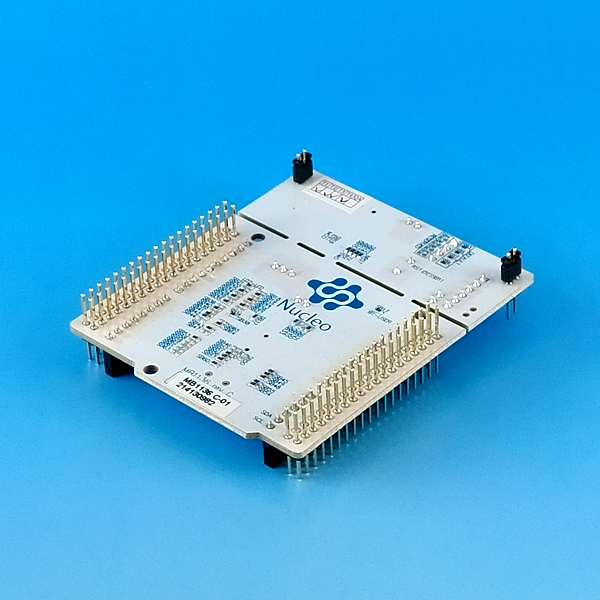

- #Gpio led3 nucleo f401re how to#
- #Gpio led3 nucleo f401re serial#
- #Gpio led3 nucleo f401re drivers#
- #Gpio led3 nucleo f401re manual#
- #Gpio led3 nucleo f401re code#
#Gpio led3 nucleo f401re code#

Switch to the Project Manager tab to configure the project. The GPIO can be found under this name via the Find menu.ĥ Configure project and generate source code User Label is a name assigned to a GPIO.GPIO Maximum output speed set to Low by default for the power consumption optimization can be changed to a higher frequency to fit the application requirements.GPIO Pull-up/Pull-dow set to No pull-up and no pull-down by default can be configured when other choices are allowed.GPIO mode automatically configures the pins with the relevant alternate function and GPIOs into Output Push Pull mode.GPIO Output level: it is set to Low by default and can be changed to High.In the GPIO Tab, select Pin Name column PA5 to display the corresponding GPIO parameters and configuration to drive the NUCLEO-L476RG LED: To configure the GPIOs, click the GPIO button in the Configuration Tab to open the GPIO Configuration window. HSI selected in PLL Source Mux (HSI – High Speed Internal clock)Ģ. In the Clock Configuration tab, check that STM32CubeMX automatically configures the internal oscillator in the clock system with PLL and proposes the PLL configuration as follows:ġ. Click on the Chip view, to stop blinking. When found, the pin or set of pins that matches the search criteria blinks on the Chip view. Pinout search field allows the user to search for a pin name, signal name, or signal label in the Pinout view. The signals can be set directly from the pinout view: Click on Chip view to stop the blinking.When found, the pin that matches the search criteria blinks on the Chip view.Type “LED” in the Find field and check that LD2 (green Led) is enabled to PA5 pin as GPIO_Output.To verify that LD2 is set to GPIO_Output mode: This example shows the use of the green LED pin LD2 present on the NUCLEO-L476RG board as GPIO_Output. To see alternate pins for a signal, drag and drop the signal to a pin while keeping the Ctrl key pressed.
#Gpio led3 nucleo f401re manual#
(To configure LED pins, check in the STM32 Nucleo-64 boards User Manual and STM32L476xx Datasheet which LED pins to use). When a board is selected, STM32CubeMX allows automatically the pinout setting for the board with the pin assignments for the communication interfaces, LEDs, and other functions. The corresponding pins PA13 and PA14 are assigned and configured automatically.
#Gpio led3 nucleo f401re serial#
Verify in Pinout tab, under SYS peripheral, that Serial Wire is selected as Debug interface:

5 Configure project and generate source code.
#Gpio led3 nucleo f401re how to#
In this tutorial, we explain step-by-step how to blink a LED on the NUCLEO-L476RG board, using the STM32CubeMX tool, HAL, and STM32CubeIDE.

#Gpio led3 nucleo f401re drivers#


 0 kommentar(er)
0 kommentar(er)
